The Three Cs: Concatenate, Compress, Cache
CSS Wizardry
OCTOBER 16, 2023
Concatenating our files on the server: Are we going to send many smaller files, or are we going to send one monolithic file? Caching them at the other end: How long should we cache files on a user’s device? Caching them at the other end: How long should we cache files on a user’s device? That’s almost 22× more!











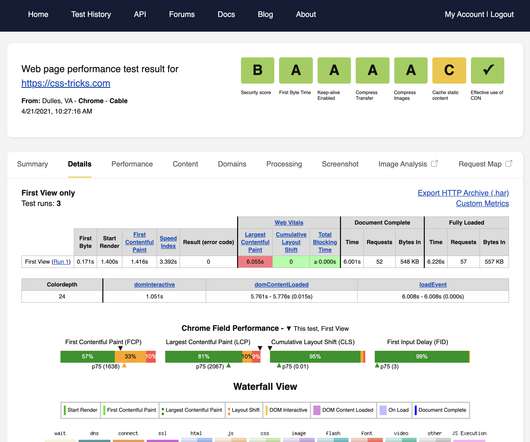

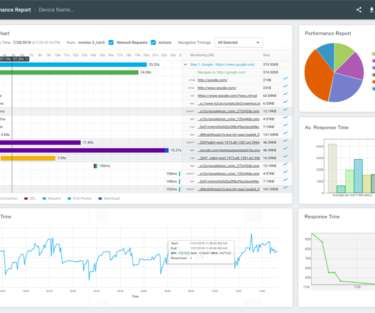





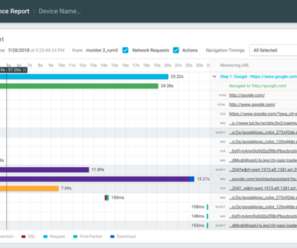
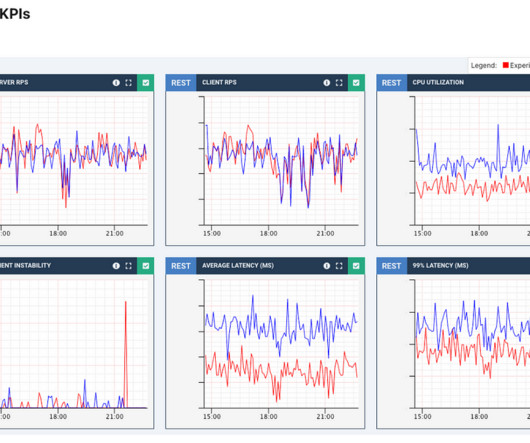




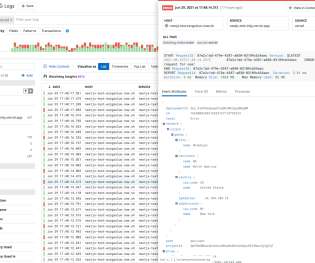








Let's personalize your content